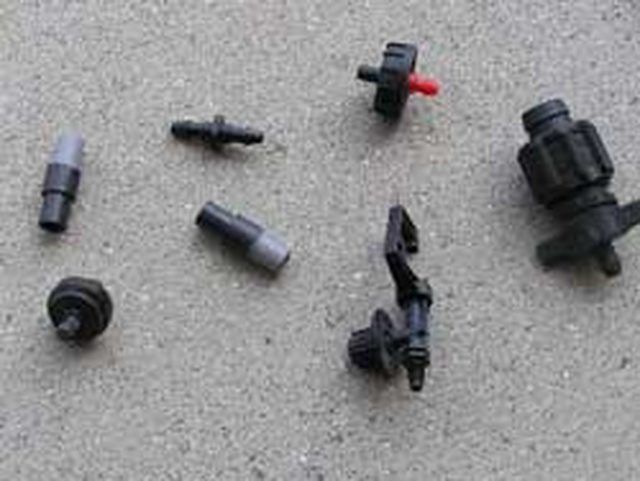Bulbs
Flower Basics
Flower Beds & Specialty Gardens
Flower Garden
Garden Furniture
Garden Gnomes
Garden Seeds
Garden Sheds
Garden Statues
Garden Tools & Supplies
Gardening Basics
Green & Organic
Groundcovers & Vines
Growing Annuals
Growing Basil
Growing Beans
Growing Berries
Growing Blueberries
Growing Cactus
Growing Corn
Growing Cotton
Growing Edibles
Growing Flowers
Growing Garlic
Growing Grapes
Growing Grass
Growing Herbs
Growing Jasmine
Growing Mint
Growing Mushrooms
Orchids
Growing Peanuts
Growing Perennials
Growing Plants
Growing Rosemary
Growing Roses
Growing Strawberries
Growing Sunflowers
Growing Thyme
Growing Tomatoes
Growing Tulips
Growing Vegetables
Herb Basics
Herb Garden
Indoor Growing
Landscaping Basics
Landscaping Patios
Landscaping Plants
Landscaping Shrubs
Landscaping Trees
Landscaping Walks & Pathways
Lawn Basics
Lawn Maintenance
Lawn Mowers
Lawn Ornaments
Lawn Planting
Lawn Tools
Outdoor Growing
Overall Landscape Planning
Pests, Weeds & Problems
Plant Basics
Rock Garden
Rose Garden
Shrubs
Soil
Specialty Gardens
Trees
Vegetable Garden
Yard Maintenance
How to Install a Garden Drip Irrigation System
How to Install a Garden Drip Irrigation System. Drip irrigation is an efficient way of watering. By directing the slow drip of water directly to the roots of plants with drip lines and emitters you will save water, reduce your water bills and avoid wasted run-off. You can install a drip line irrigation system to blend into almost any size or...

Drip irrigation is an efficient way of watering. By directing the slow drip of water directly to the roots of plants with drip lines and emitters you will save water, reduce your water bills and avoid wasted run-off. You can install a drip line irrigation system to blend into almost any size or shape garden. Consider it like putting together pieces of a puzzle.
Things You'll Need
Plastic backflow prevention piece
Pressure regulator
Drip irrigation ? inch tubing
? inch vinyl tubing
Emitters
Drip line end caps
Optional Timer
Optional filter
Draw out your garden area on graph paper. Mark out the shape of the gardens. Use different colored pencils to sketch in different symbols that will represent small, medium, large sized plants.
Connect the dots of the plants of your drawing to form the shortest route for your tubing and for the most efficient use of water lines.
Use separate lines for bigger plants that will need larger amounts of water or special water delivery attachments. These plants should be marked in the same color pencil on your sketch of the irrigation system so they will stand out. Putting too much of a water demand on a single line will deplete the necessary pressure to force water all the way to the end of the line.
Measure out the distance from your water source to your gardens. Use the larger ? inch vinyl tube line to reach from the water source to the garden area where you are setting up your irrigation. Plan on attaching a backflow control piece, controller, timer or control valve, filter and a pressure regulator-in that order-between the faucet and the water line that will conduct water to your garden.
Follow your sketch to lay out the route of your irrigation line in the garden itself. Use ? inch tubing for the main run of your water line. You can plug emitters directly into the ? inch vinyl tube line or you can plug in lengths of ? inch drip line to function as branch extensions instead. You can add your emitters in-line along the smaller tubing or place an emitter at the end of each smaller branch.
Check the GPM (gallons per minute) or GPH (gallons per hour) marked on your emitters and choose the higher volume emitters for larger plants. Use drip irrigation sprinklers to cover areas of spreading, low-growing ground covers. The volume of water you will need at each watering station or emitter will depend on how quickly your soil drains as well as plant size.
Turn on the water to test your system for leaks and efficiency. Keep checking your lines and the emitters on it regularly. Drip irrigation systems can clog over time.